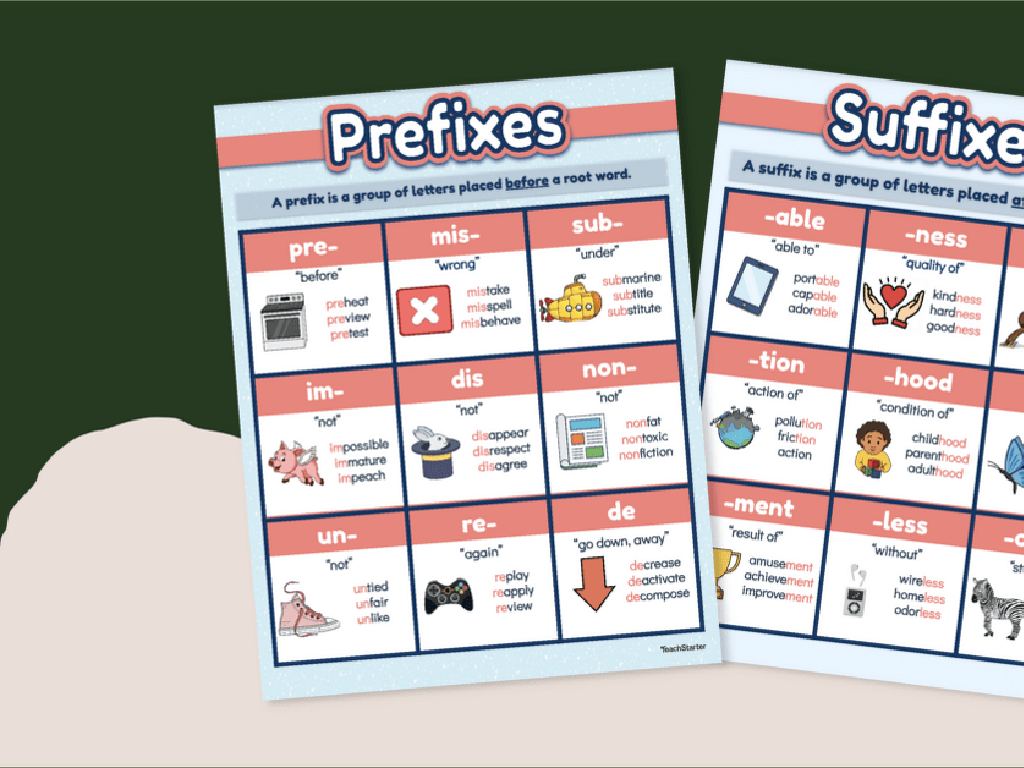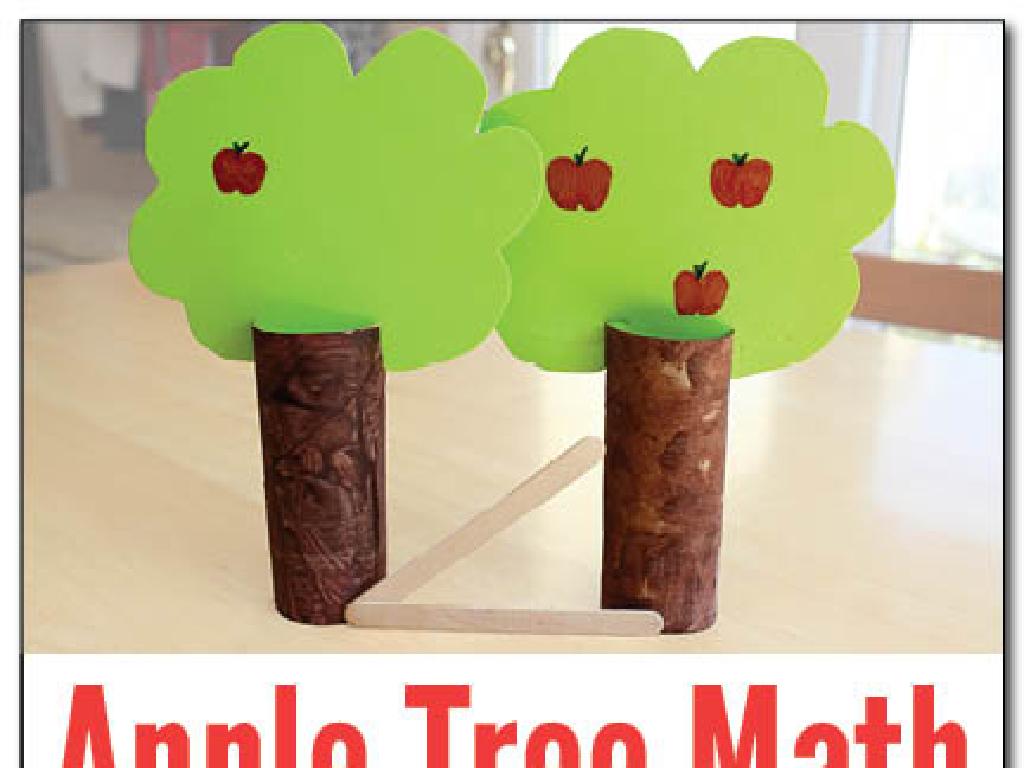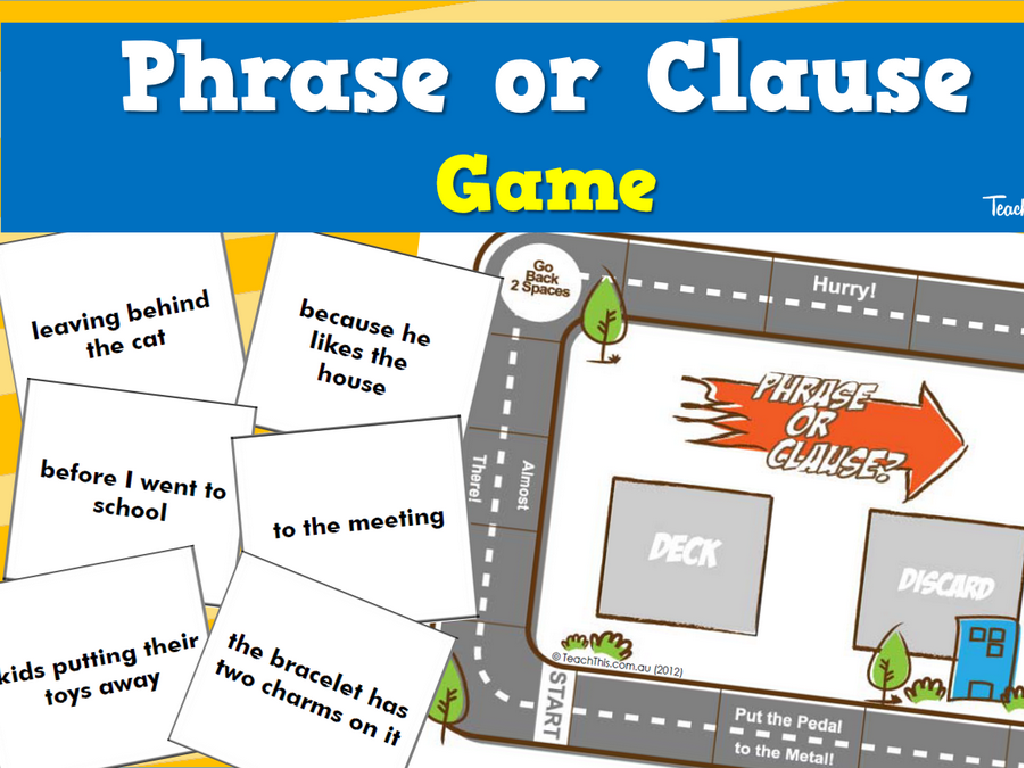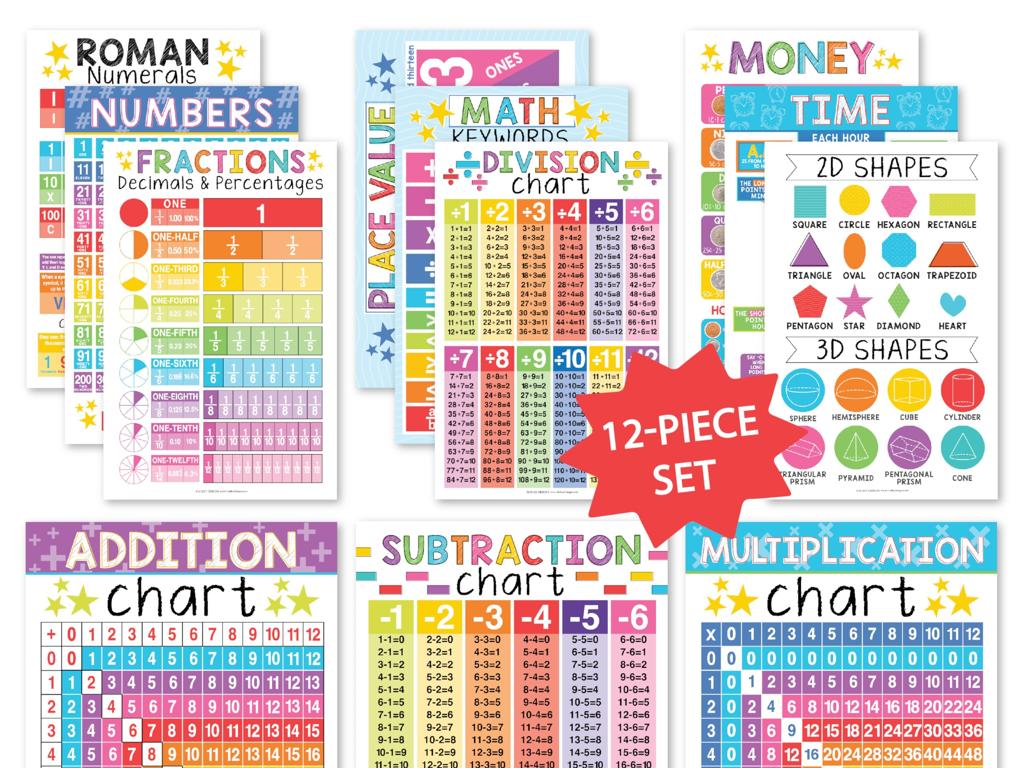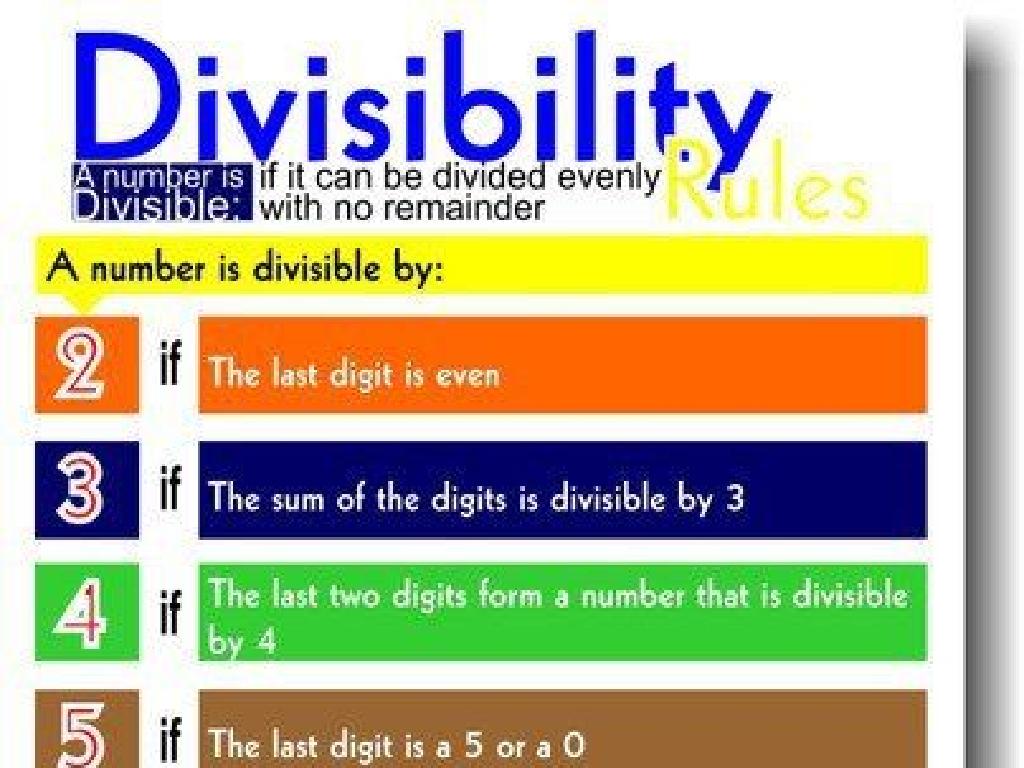Model And Solve Equations Using Algebra Tiles
Subject: Math
Grade: Seventh grade
Topic: One-Variable Equations
Please LOG IN to download the presentation. Access is available to registered users only.
View More Content
Introduction to Algebra Tiles
– What are Algebra Tiles?
– Visual tools representing variables and constants
– Values of each tile
– Small squares = 1, rectangles = x, large squares = x^2
– Solving equations with tiles
– Arrange tiles to represent and solve equations visually
– Benefits of using Algebra Tiles
|
Algebra tiles are a set of manipulatives that help students visualize and solve algebraic equations. Each tile represents a different component of an equation: small squares typically represent the number one, rectangles represent the variable x, and large squares represent x squared. By arranging these tiles, students can model and solve equations in a tangible way, making abstract concepts more concrete. This method is particularly beneficial for visual learners and can help all students gain a deeper understanding of the principles of algebra. Encourage students to experiment with the tiles to solve simple equations and understand the balance needed on both sides of the equation.
Solving One-Variable Equations with Algebra Tiles
– Recap one-variable equations
– An equation with one unknown, e.g., x + 3 = 7
– See examples in action
– x + 2 = 5, 3x = 9, and x/4 = 2 illustrate simple cases
– Understand the solving goal
– To find the value of x that makes the equation true
– Practice with algebra tiles
– Use tiles to represent and solve x visually
|
Begin with a brief review of what a one-variable equation is, ensuring students recall the concept of an unknown variable. Provide clear examples of one-variable equations to solidify their understanding. Emphasize that the goal of solving these equations is to find the value of the unknown variable that satisfies the equation. Introduce algebra tiles as a hands-on tool to model and solve equations, making the abstract concept of variables more concrete. Encourage students to manipulate the tiles to represent the equation and then rearrange them to isolate the variable and solve for its value. This visual and tactile approach aids comprehension and engages students in active problem-solving.
Modeling Equations with Algebra Tiles
– Representing variables/constants
– Use different colored tiles for variables (x) and constants (1)
– Setting up equations with tiles
– Arrange tiles to form two equal sides
– Visualizing equation balance
– Balance shows both sides of equation are equal
– Solving equations using tiles
– Remove/add tiles to find the value of x
|
This slide introduces students to the concept of using algebra tiles as a visual and tactile method to understand and solve one-variable equations. Begin by explaining how different colored tiles can represent variables and constants. Demonstrate setting up an equation by arranging tiles into two equal groups to represent each side of the equation. Emphasize the importance of maintaining balance, which visually represents the concept of equality in equations. Finally, guide students through the process of solving the equation by adding or removing tiles to isolate the variable, reinforcing the concept of inverse operations. Encourage students to practice with various equations and to check their work by ensuring the balance is maintained after solving.
Solving Simple Equations with Algebra Tiles
– Step-by-step equation solving
– Follow a structured approach to isolate the variable.
– Use addition/subtraction tiles
– Tiles represent positive/negative values for easy manipulation.
– Check the solution methodically
– Substitute back to verify the solution’s accuracy.
– Practice with example equations
– Apply learned techniques to solve sample problems.
|
This slide introduces students to the concept of solving one-variable equations using algebra tiles, a hands-on method that helps visualize the process. Start by explaining the step-by-step method to isolate the variable on one side of the equation. Demonstrate how to use algebra tiles to represent and manipulate positive and negative values through addition and subtraction. Emphasize the importance of checking the solution by substituting it back into the original equation. Finally, provide practice problems for students to apply what they’ve learned. Encourage them to work in pairs or groups to discuss their problem-solving strategies.
Solving Complex Equations with Algebra Tiles
– Equations with larger coefficients
– Using tiles for multiplication
– Represent multiplication by grouping tiles
– Dividing using algebra tiles
– Divide by separating tiles into equal groups
– Example: 2x + 3 = 7
– Solve step by step: Find x when 2x + 3 equals 7
|
This slide introduces students to solving more complex one-variable equations using algebra tiles, specifically focusing on equations with coefficients greater than one. Begin by explaining how to represent variables and constants using algebra tiles. Then, demonstrate the process of multiplication by grouping tiles together to represent the coefficient. For division, show how to separate tiles into equal groups to find the value of one tile (or one ‘x’). Use the equation 2x + 3 = 7 as a concrete example to illustrate these concepts. Have students follow along with their own set of algebra tiles, solving the equation step by step. Encourage them to visualize the process of isolating the variable to one side to find its value.
Practice: Solving Equations with Algebra Tiles
– Work through problems as a class
– Students attempt problems independently
– Encourage trial and error with tiles
– Discuss various solving strategies
– Some may use trial and error, others algebraic manipulation
– Review and compare solution methods
– Highlight benefits of different approaches
|
This slide is focused on engaging students with hands-on practice in solving equations using algebra tiles. Start by solving a few problems together as a class to demonstrate the process. Then, allow students to work independently, encouraging them to manipulate the tiles to represent and solve equations. Afterward, open a discussion where students can share their approaches and solutions, fostering a collaborative learning environment. As a teacher, guide them through different strategies, such as physically rearranging tiles versus applying algebraic principles, and discuss the advantages of each method. Provide a variety of problems with increasing complexity to cater to different skill levels within the classroom.
Class Activity: Equation Creation with Tiles
– Create equations using algebra tiles
– Swap with a partner to solve
– Discuss challenges faced
– What difficulties did you encounter?
– Share solving strategies
– What methods helped you solve the equation?
|
This interactive class activity is designed to engage students in creating and solving one-variable equations using algebra tiles. Students will first use the tiles to construct their own equations, promoting creativity and a deeper understanding of equation structures. After creating their equations, students will exchange their problems with a partner, adding an element of peer learning. Once solved, the class will come together for a group discussion to reflect on the challenges they faced during the activity and the strategies they employed to overcome them. This discussion is crucial as it allows students to learn from each other’s experiences and to understand different approaches to problem-solving. For the teacher, prepare to facilitate the discussion by prompting students with questions about their problem-solving process and encourage them to articulate their thought patterns. Have a few extra equations prepared for students who may finish early or need additional practice.
Wrapping Up: Algebra Tiles Mastery
– Review today’s algebra tiles lesson
– Emphasize practice for proficiency
– Regular practice solidifies concepts
– Homework: Solve assigned problems
– Problems will reinforce today’s learning
– Bring questions to next class
– Ready to help with any difficulties
|
As we conclude today’s lesson on using algebra tiles to model and solve one-variable equations, it’s crucial to emphasize the importance of practice. Mastery in algebra, especially with manipulatives like algebra tiles, comes from consistent and deliberate practice. For homework, students are assigned problems that will reinforce the concepts learned today. Encourage them to attempt all problems and bring any questions or difficulties to the next class. This will not only help them understand the material better but also build their confidence in solving equations using algebra tiles.

